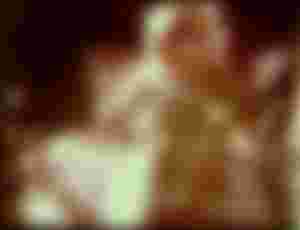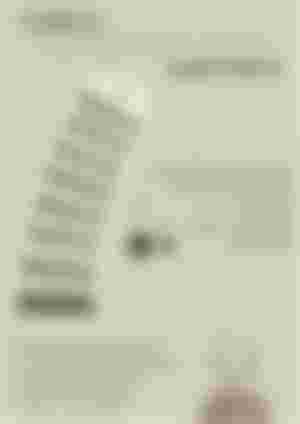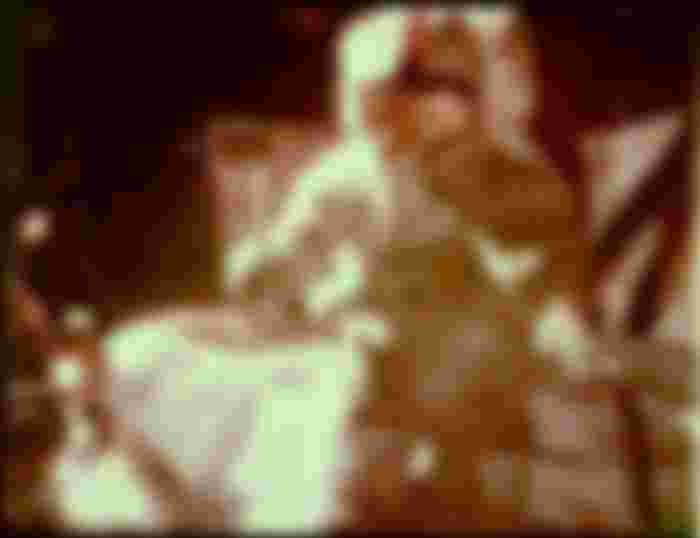
Analysis of gravity balls with the help of tests
Understanding Gravity with Experiment
Episode 1: "Holding Galileo's Hand..."
Galileo Galilei was born on February 15, 1584, to the Vincenzio family in the northwestern Italian city of Pisa. Galileo Galilei is the eldest of seven brothers and sisters. The famous musician "Michelangelo" was Galileo's brother!
Galileo, however, studied medicine! At the age of 19, when Galileo was a second-year student at the University of Pisa, Galileo met his father's friend Ostilio Ricky. Galileo was so impressed by Ricky's ability to teach Euclid's geometry that he gave up studying medicine and turned to mathematics.
In a short time he became proficient in mathematics and physics. Galileo Galilei concentrated on teaching at the age of 25, after a vacancy at the University of Pisa in 1589. Well, let's talk about the Leaning Tower of Pisa. . .
Aristotle said that when objects of different weights are dropped from the top together, the objects come down at different times. However, Galileo opposed Aristotle and gave an example of hail.
Galileo said that during hailstones, rocks of different weights fall to the ground at the same time. Teachers who follow Aristotle say that heavy rocks fall from the top layer of clouds and light rocks fall from the bottom layer!
Galileo, however, did not give up, throwing cannonballs of different weights from the leaning tower / minaret of Pisa to show that they all fell to the ground at once. The visitors were Galileo's students and people.
This time, however, a teacher following Aristotle erred in Galileo's experiment, and the following teacher dropped objects of different weights to show that they did not fall to the ground exactly at the same time.
Galileo compared his own results with those of Aristotle's experiment, showing that Galileo's results were more accurate. Even then, students were forced to digest the erroneous Aristotle doctrine because the university syllabus course included Aristotle's doctrine.
Later, while in Pisa, Galileo further experimented and discovered the "formula of falling objects." Galileo expressed the formulas through mathematical equations. Thus the revolution of modern physics took place at the hands of Galileo.

That is, so far we have seen that heavy objects and light objects do not fall down at the same time. Why? Wind barrier!
Let's start with a simple test. Why drop a hammer and a feather from the same height, why would the hammer fall to the ground first?
You may think that the hammer will fall earlier than the feathers. But that is not the real reason. The answer is "wind barrier"!
This is because the greater effect of the wind on the feathers will help the feather to fall slowly while the wind barrier on the hammer is negligible.
In other words, the weight of the object does not play any role in this case, what it is keeping is the shape of the object!
Let's come to another important test this time. In this case we can easily do this test by using two umbrellas of the same weight.
If two umbrellas of the same weight are dropped from the same floor, it is sure to fall at the same time. But, if one of these two umbrellas is left in the matching state, the matching umbrella will fall much slower due to wind obstruction!
Apollo 15 mission: Galileo's test
Apollo 15 is the fourth mission to land on the moon. But, this was the first mission in terms of manned rover!
On July 30, 1971, David Scott and James Irwin set foot on the moon. They stayed on the moon for 2 days 16 hours and 54 minutes.
Astronaut David Scott completes his walk on the moon and Galileo examines Galileo's formula for falling objects. The moon has no atmosphere, meaning there is no wind.
In Galileo's experiment, the whole of their conversation is given below. . .
David Scott: "I have a feather in my left hand. I have a hammer in my right hand. One of the reasons we're here today is because a gentleman named Galileo made a very important discovery a long time ago.
And, in this suitable environment above the moon, we will verify his search. So, let's check it out now. The feather is certainly a suitable feather for the hawk. This time, I'll throw them both here and they'll probably hit the ground at the same time. "
He then dropped the feathers and hammer and the test was successful. Then David Scott said. . .
David Scott: "How is it? It proves that Mr. Galileo was right in his search."


Gravity force is one of the easy and interesting thing to learn. But the science behind it is so natural. Gravity force is important to learn also, because its always bond with life.